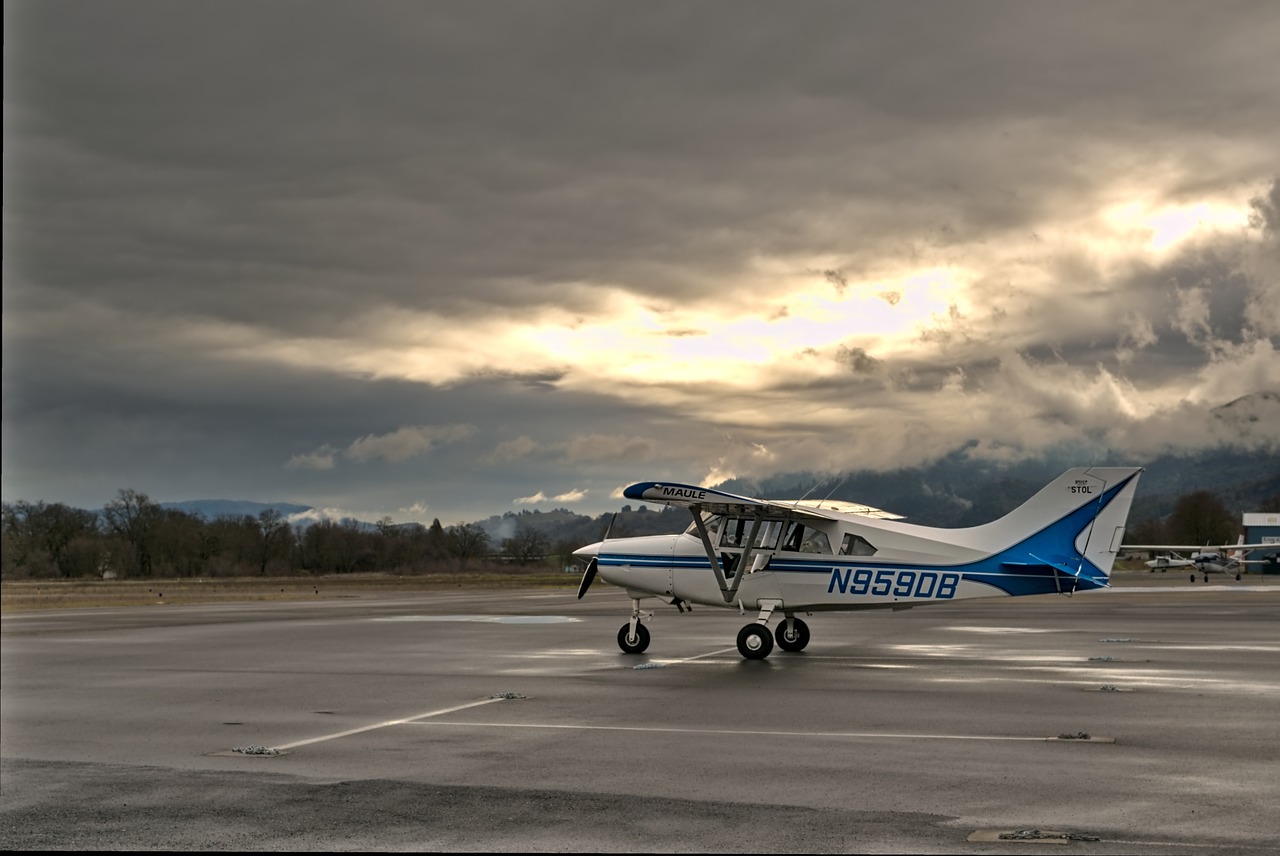The Significance of Preventive Maintenance for a Ultralight

Introduction
Preventive maintenance plays a crucial role in ensuring the safety, reliability, and optimal performance of a ultralight. By proactively addressing potential issues, pilots and maintenance personnel can reduce the likelihood of in-flight failures and enhance overall flight safety. In this article, we’ll explore why preventive maintenance matters and highlight the key components that require regular attention.
Why Preventive Maintenance Matters
- Safety First: Ultralight operate in diverse conditions, from leisure flights to critical missions. Regular preventive maintenance helps identify and rectify potential safety hazards before they escalate. This proactive approach minimizes the risk of accidents due to mechanical failures.
- Cost-Effectiveness: Addressing minor issues early prevents them from developing into major problems. By catching and fixing issues during routine inspections, operators can avoid costly repairs or replacements down the line.
- Regulatory Compliance: Aviation authorities mandate regular inspections and maintenance for all aircraft. Compliance with these regulations ensures that the aircraft remains airworthy and meets safety standards.
Key Components Requiring Preventive Maintenance
- Airframe: Regular inspections of the airframe are essential. This includes checking for structural damage, corrosion, and wear. Critical areas to assess include the fuselage, wings, and landing gear.
- Engine: The heart of any aircraft, the engine requires meticulous attention. Regular oil changes, spark plug inspections, and monitoring of performance parameters are vital. Engine components, such as cylinders and valves, should be examined for wear and proper functioning.
- Avionics: Avionics systems, including communication, navigation, and instrumentation, play a crucial role in safe flight. Regular checks ensure that avionics equipment functions correctly and remains calibrated.
- Propeller: Propellers need regular inspections for cracks, balance, and pitch adjustments. Proper maintenance ensures optimal performance and reduces the risk of sudden failures.
- Landing Gear: The landing gear system must be inspected for wear, hydraulic leaks, and proper alignment. Faulty landing gear can lead to dangerous situations during takeoff and landing.
- Electrical Systems: Wiring, connectors, and electrical components should be inspected periodically. Faulty wiring can cause electrical fires or system malfunctions.
Conclusion
In summary, preventive maintenance is not just a regulatory requirement; it’s a fundamental aspect of aviation safety. By prioritizing regular inspections and addressing issues promptly, ultralight operators can enhance safety, extend the lifespan of their aircraft, and ensure smooth operations.
Remember, a well-maintained aircraft is a reliable one, ready to take flight whenever needed.
For more information, consult the relevant guidelines provided by the aircraft manufacturer, operator, and regulatory authorities.
Do you need maintenance of your ultralight? Ask us, we will be glad to answer you.
